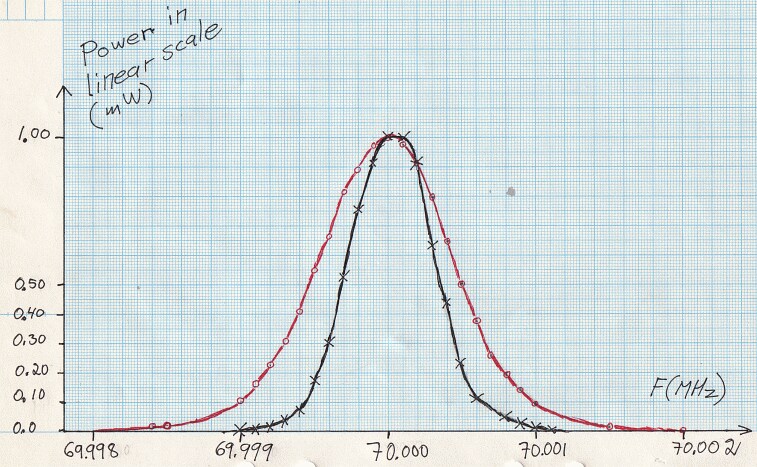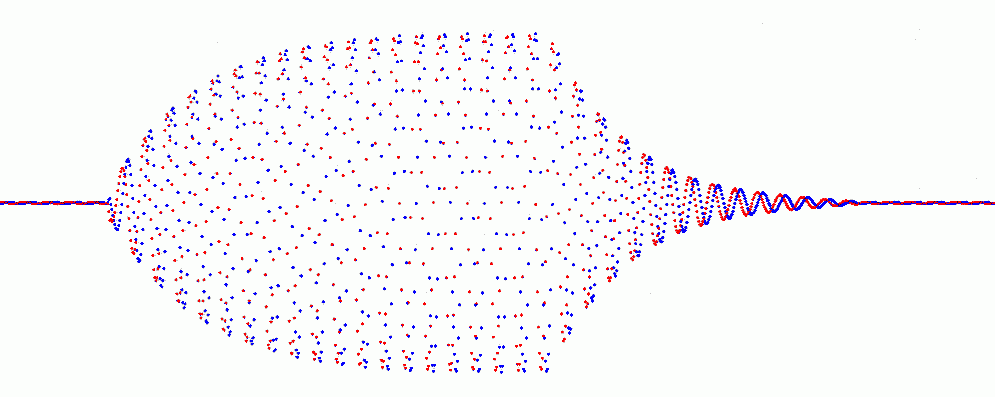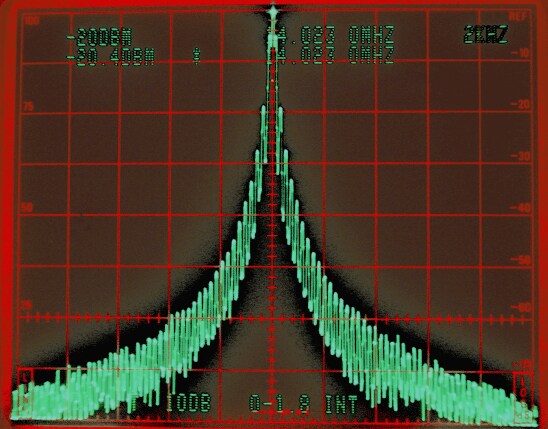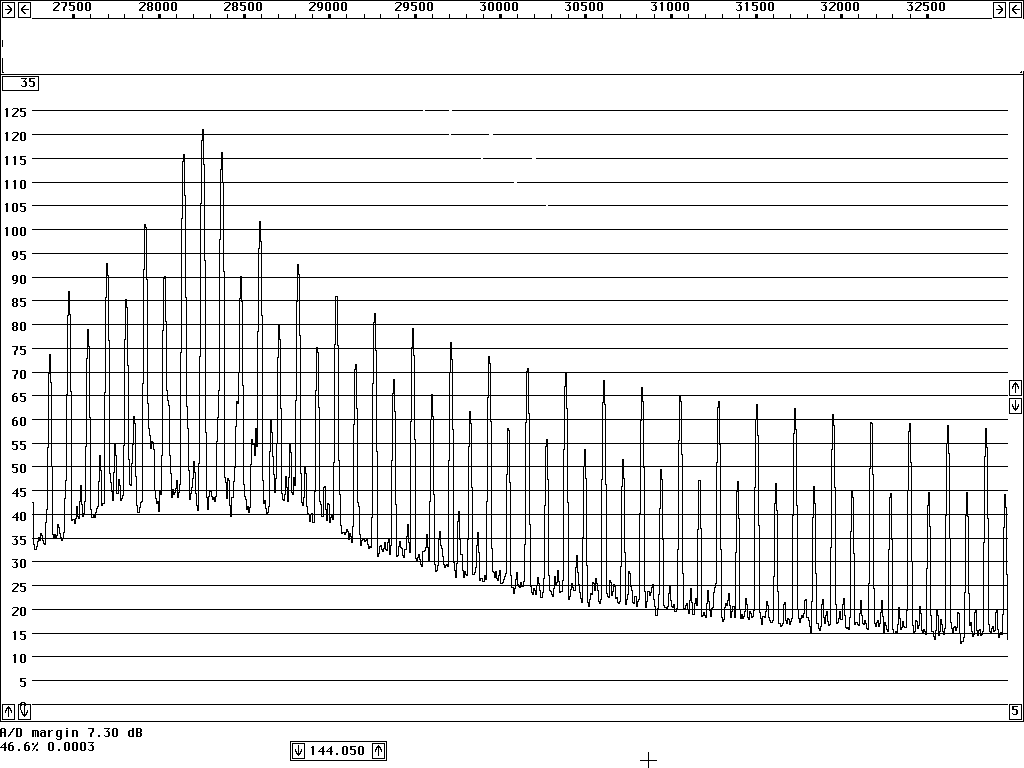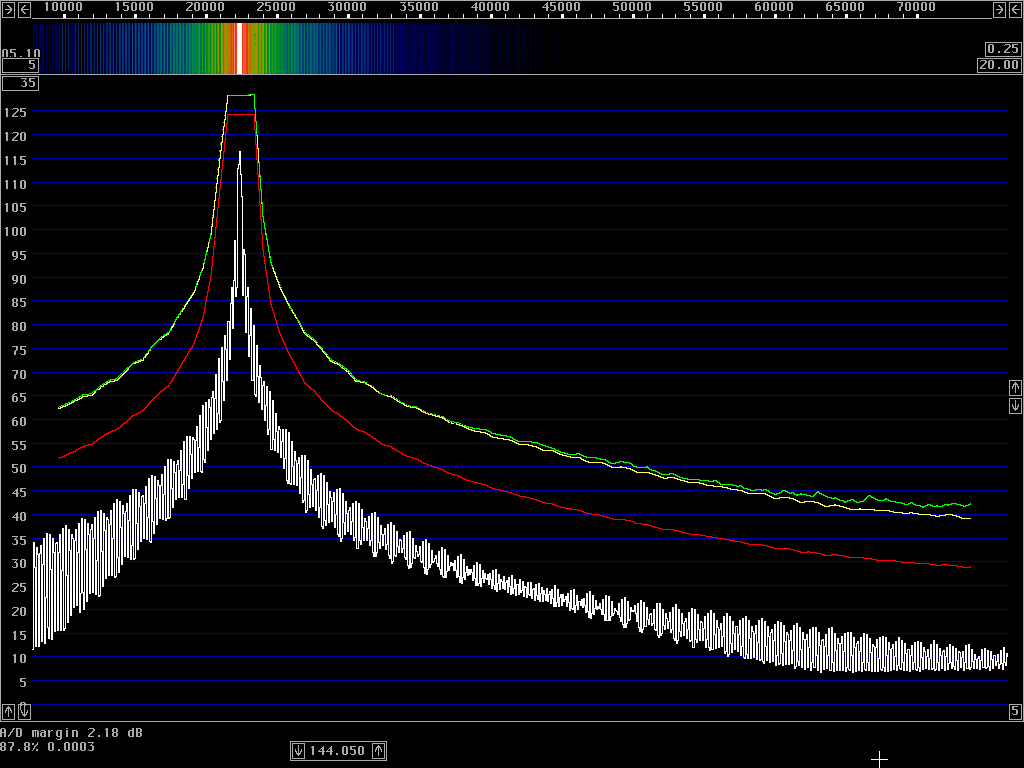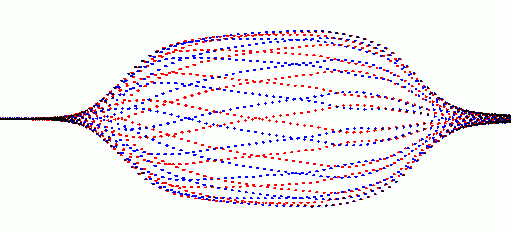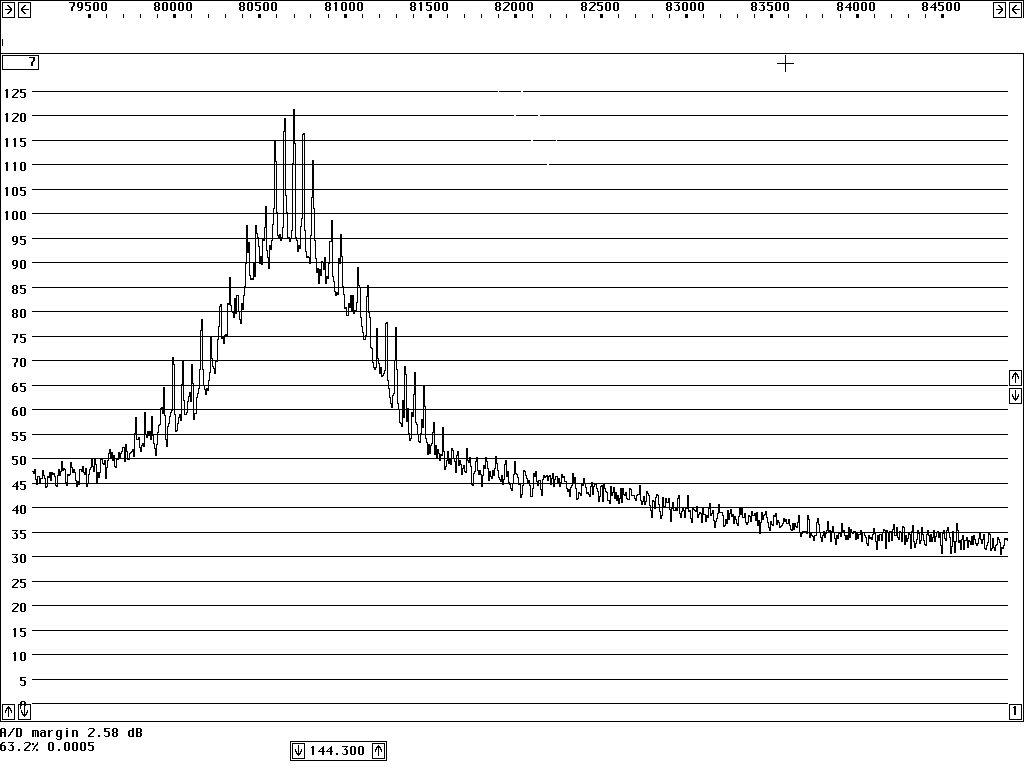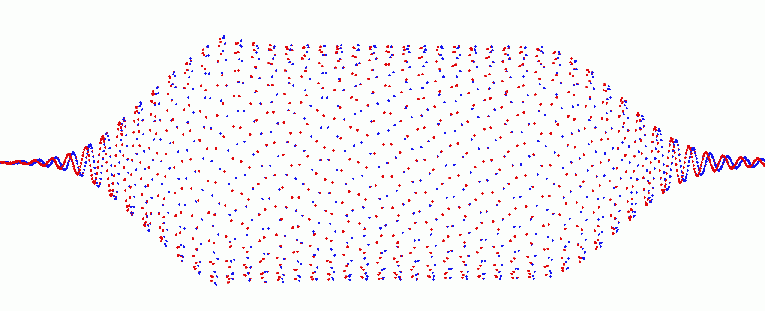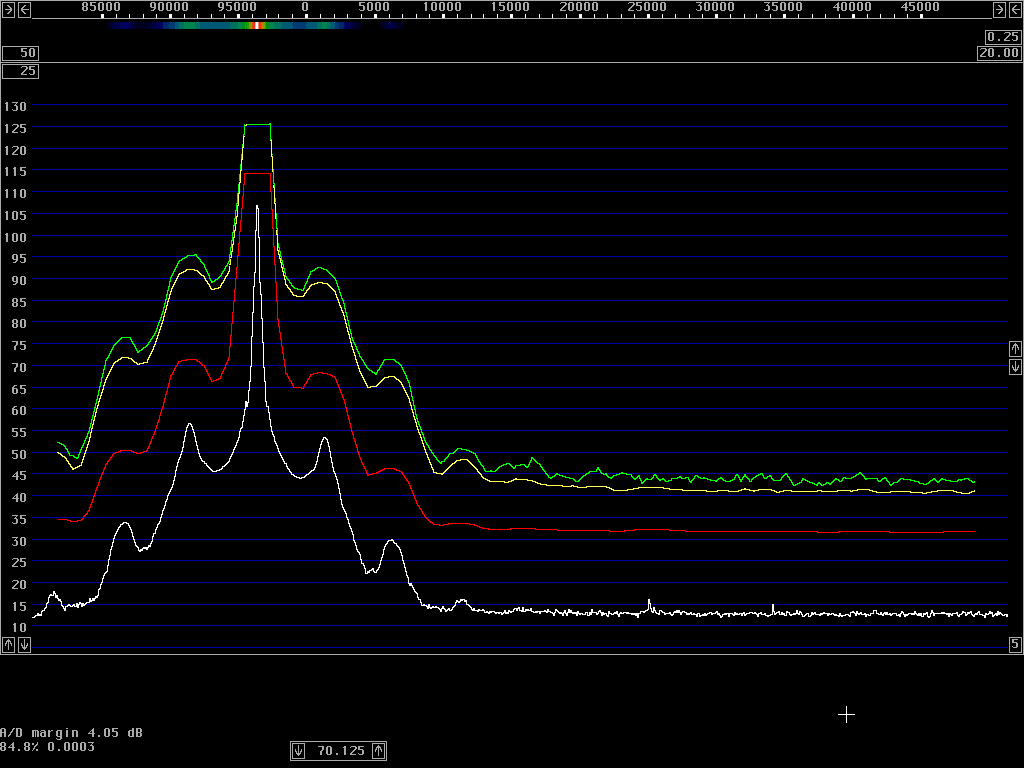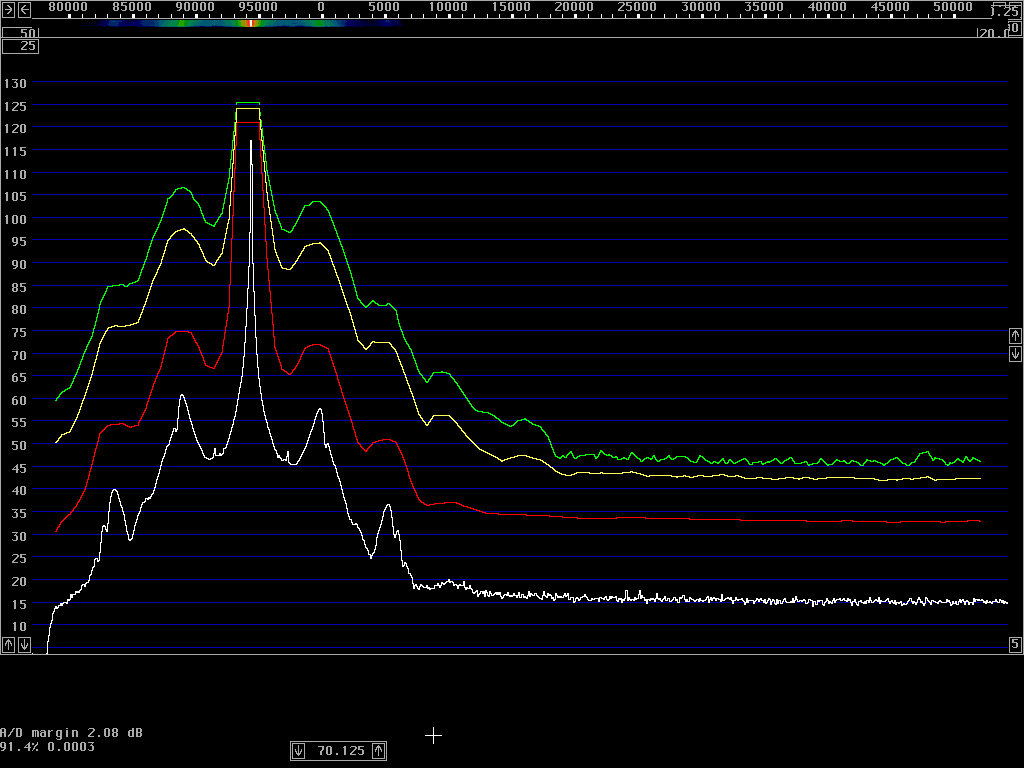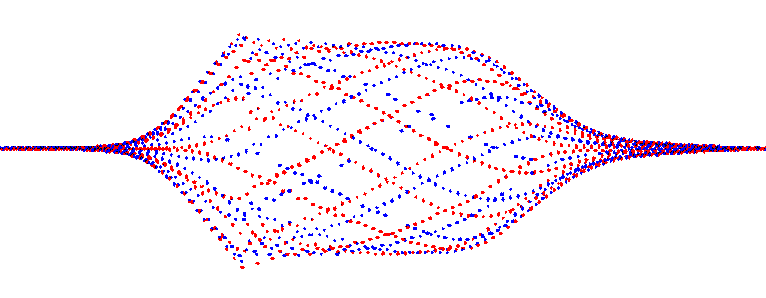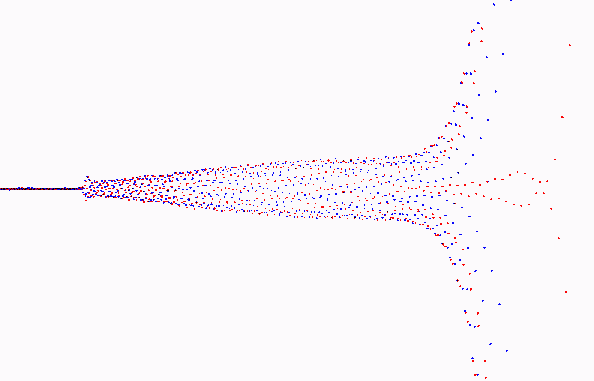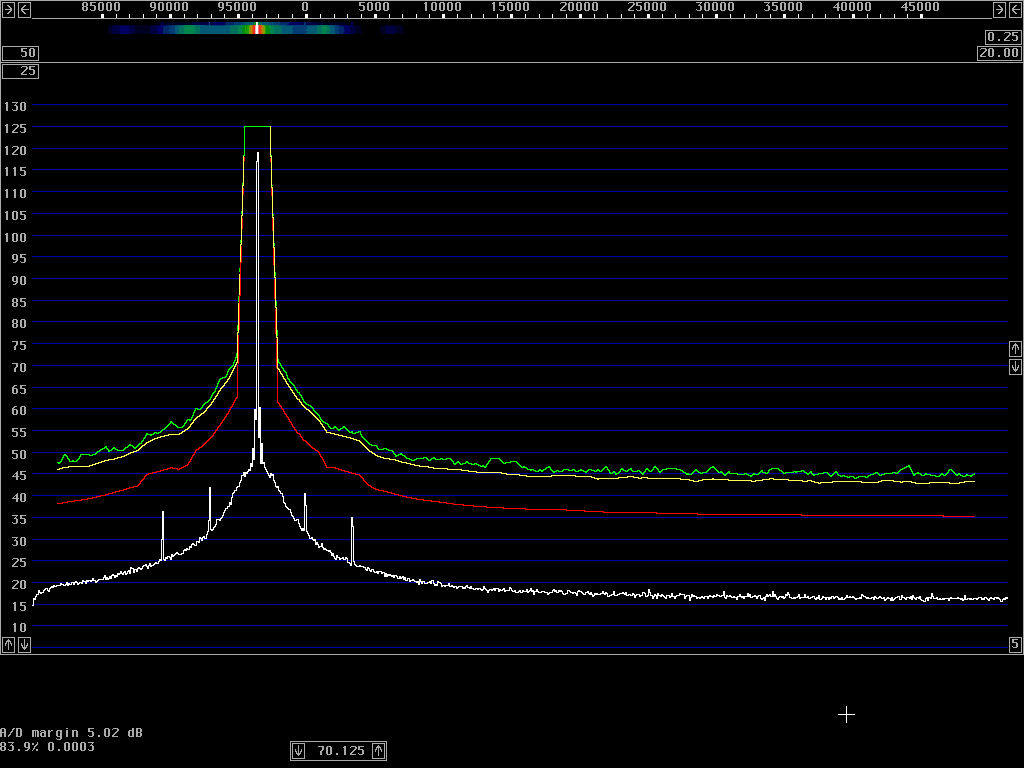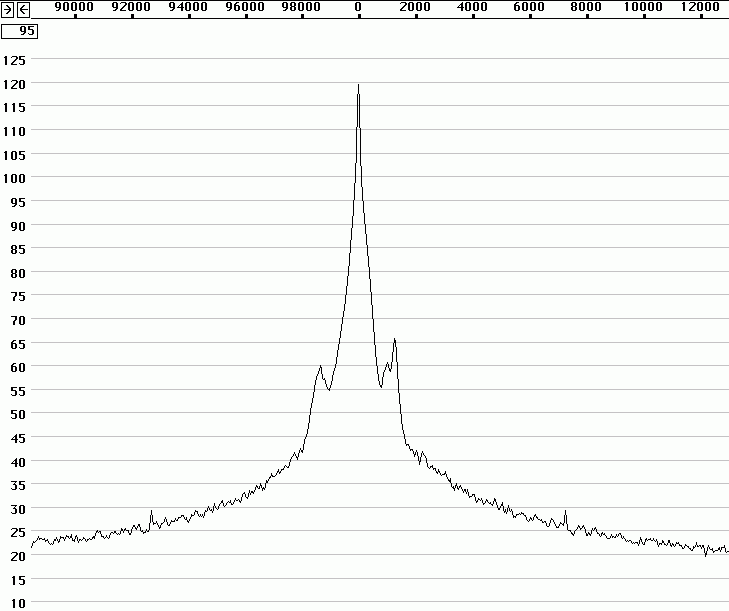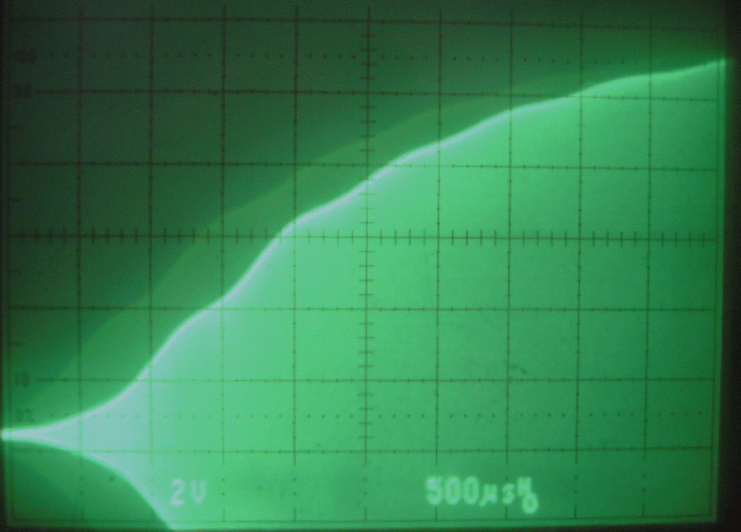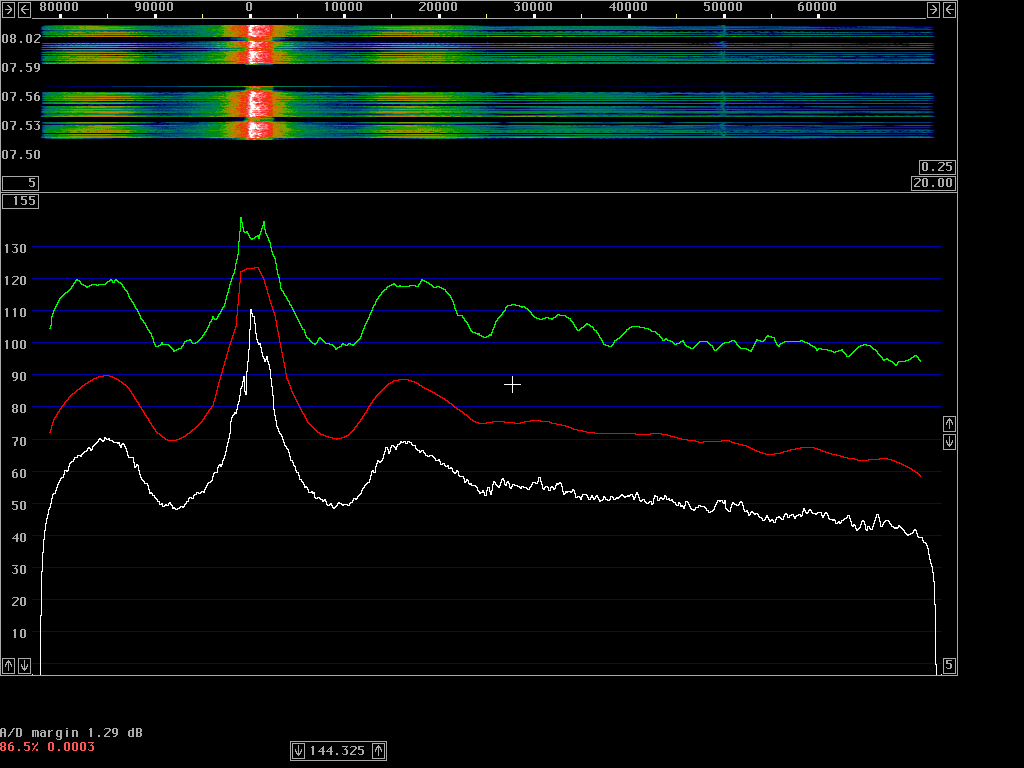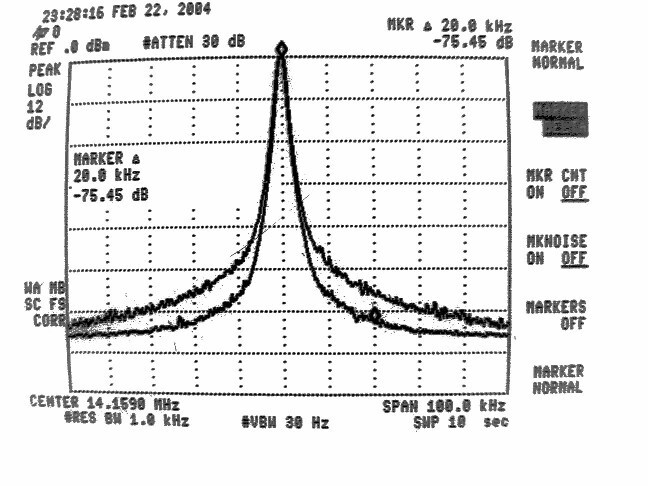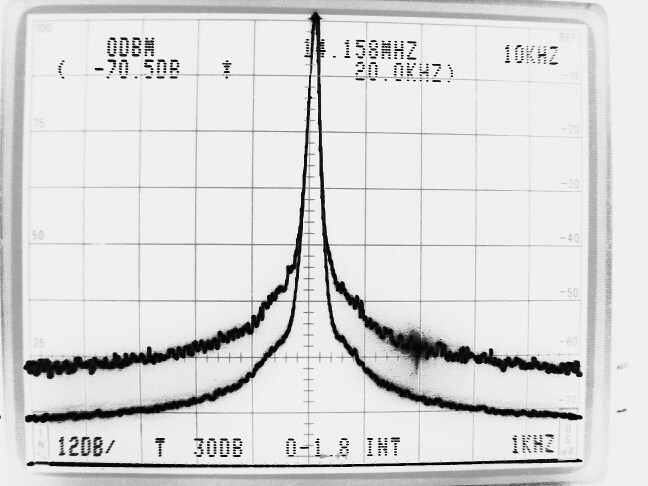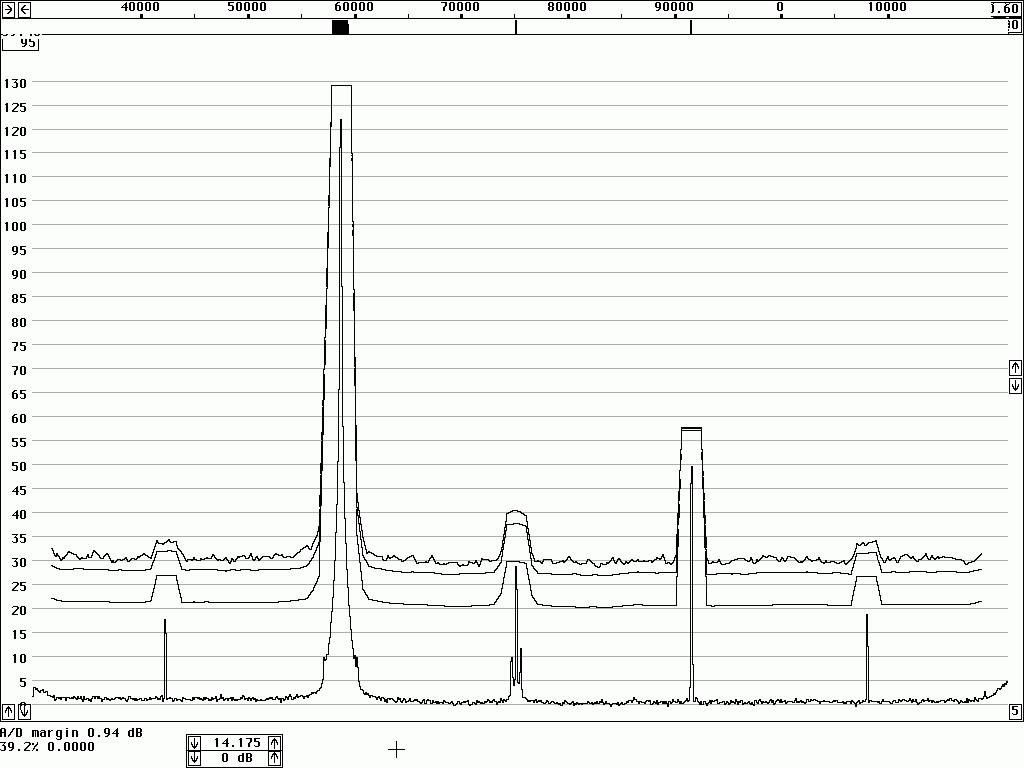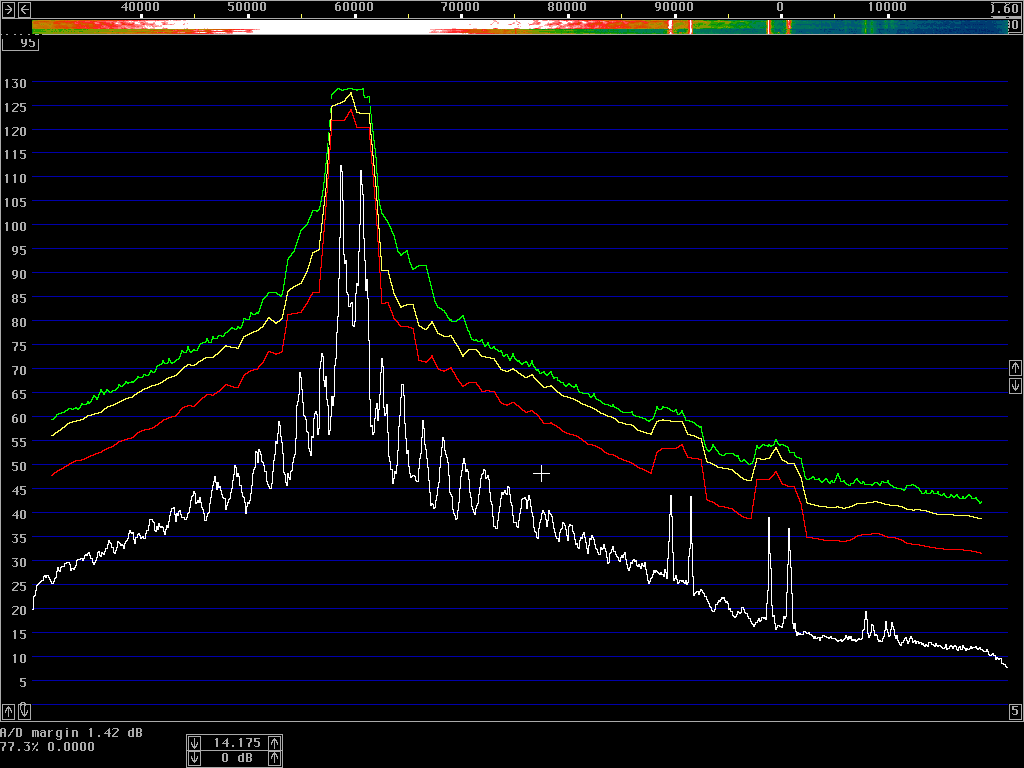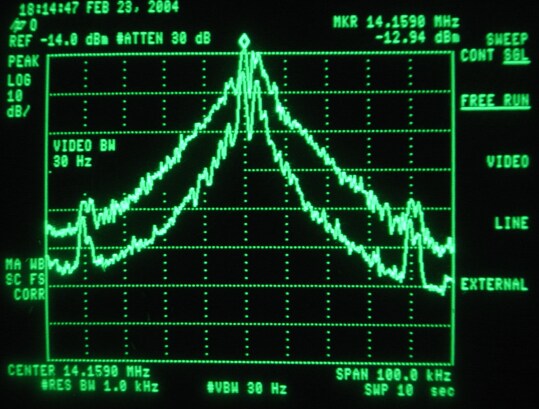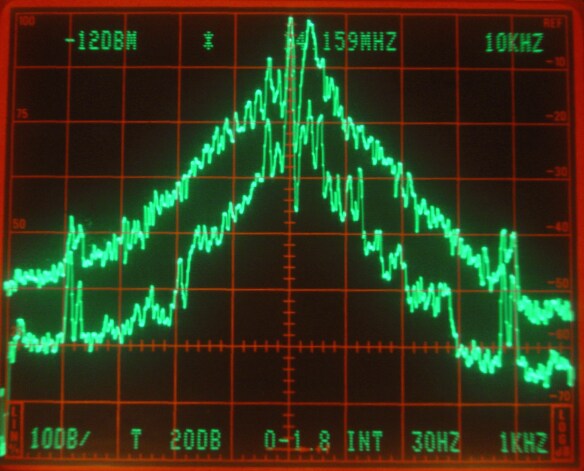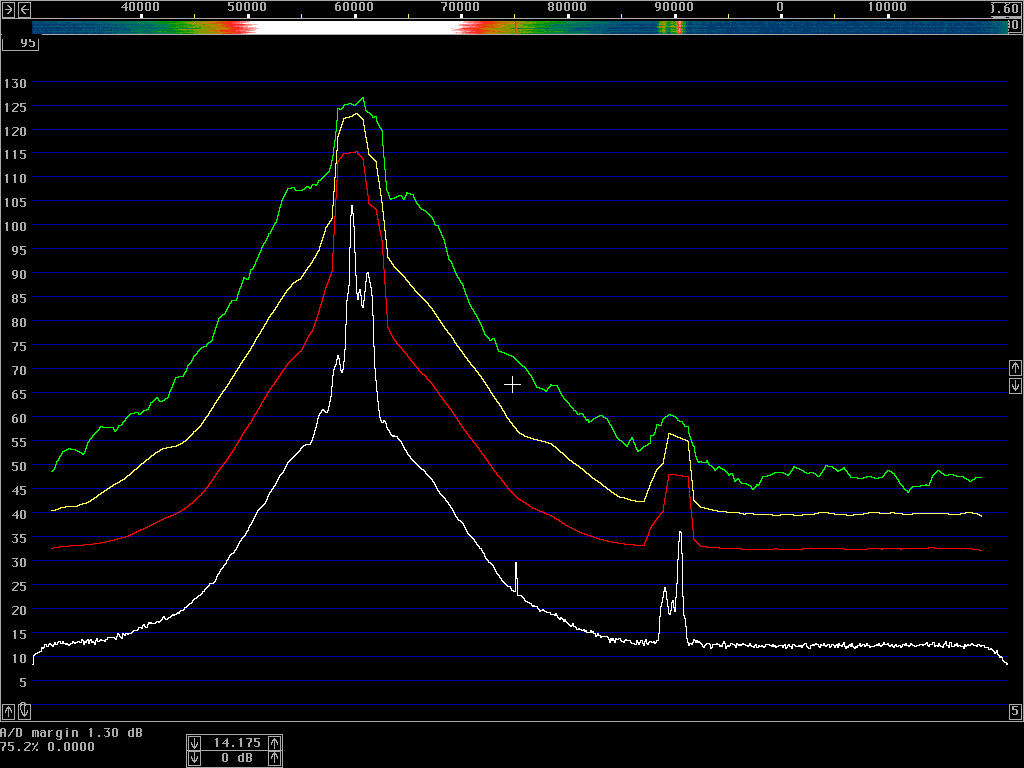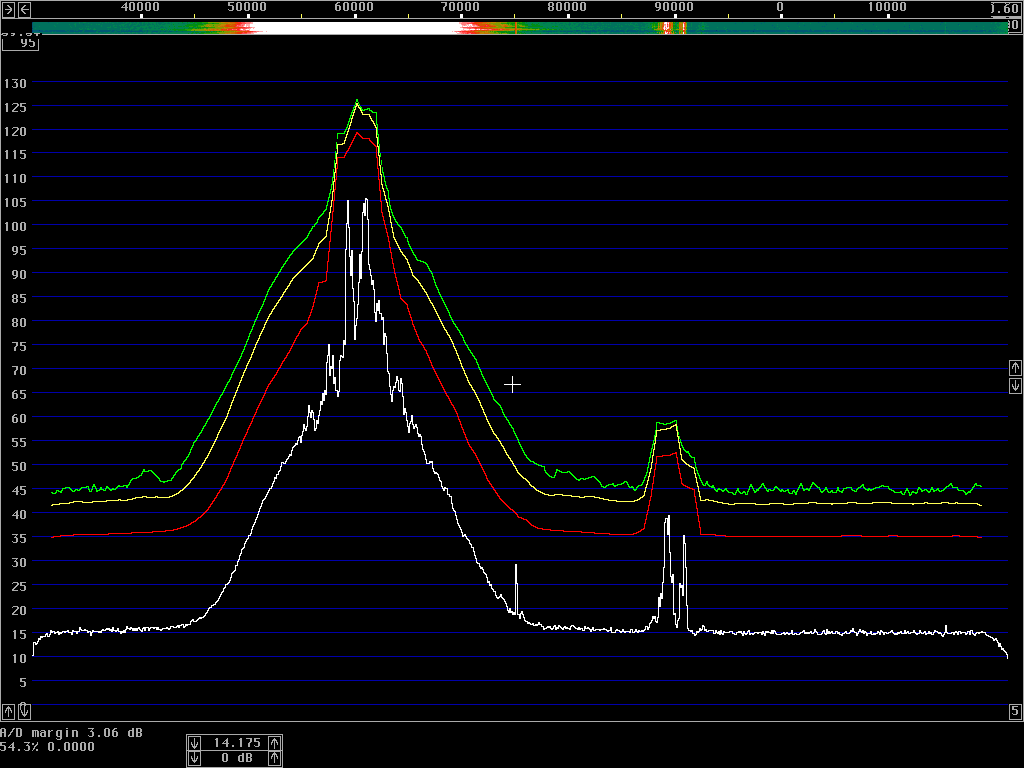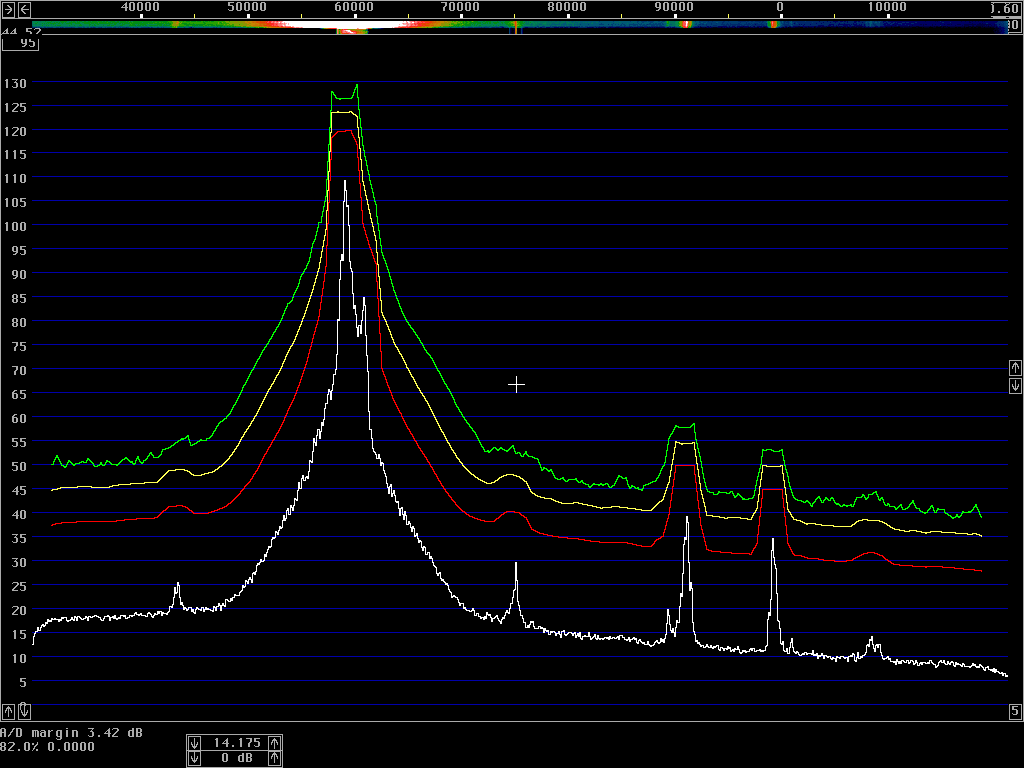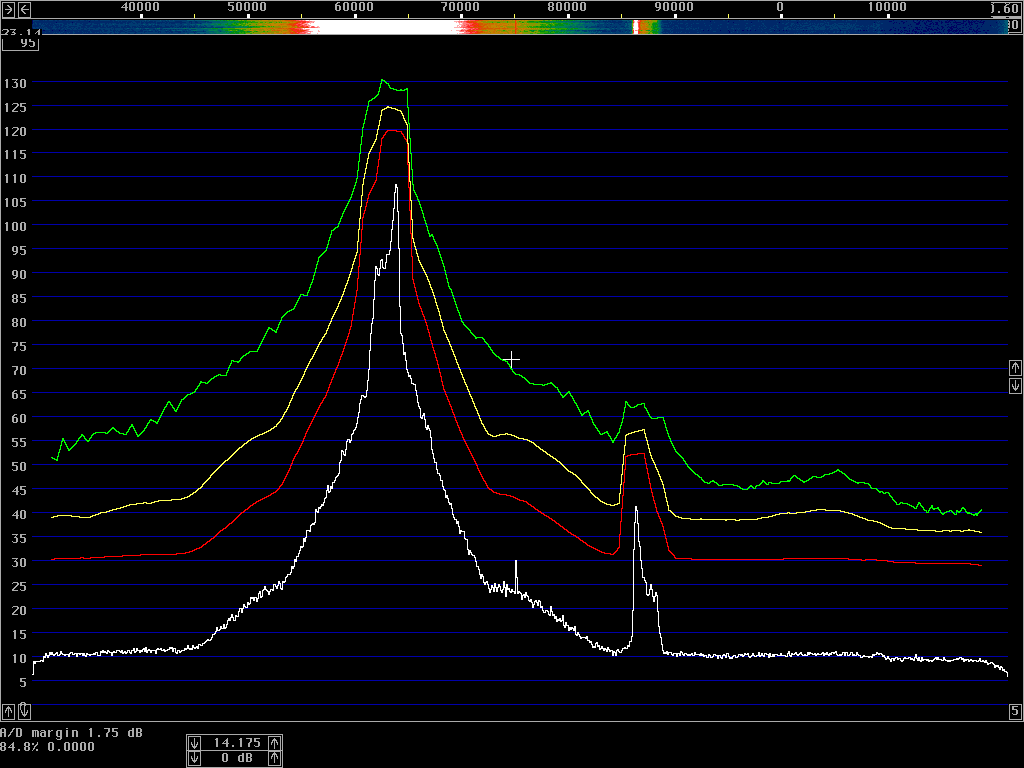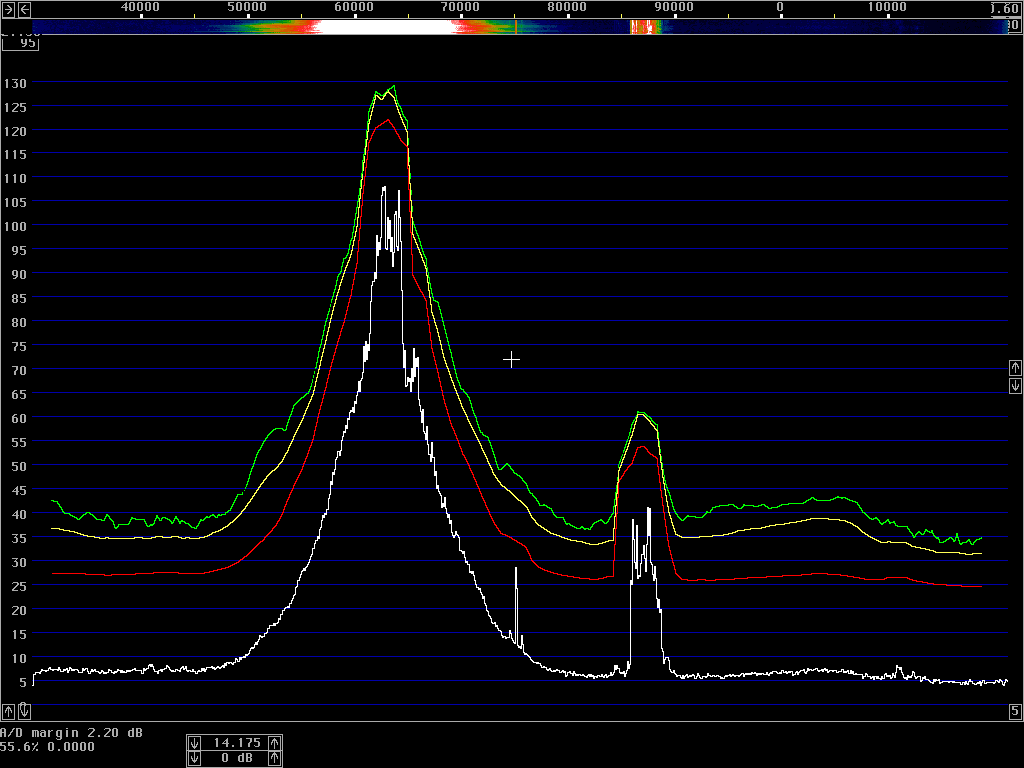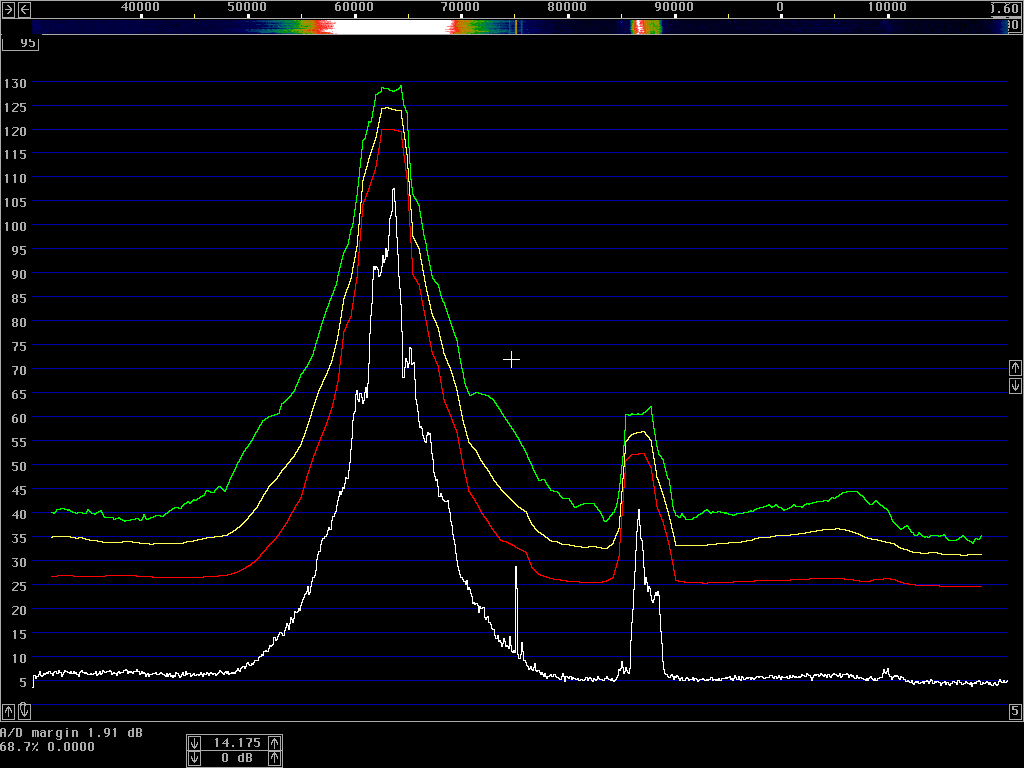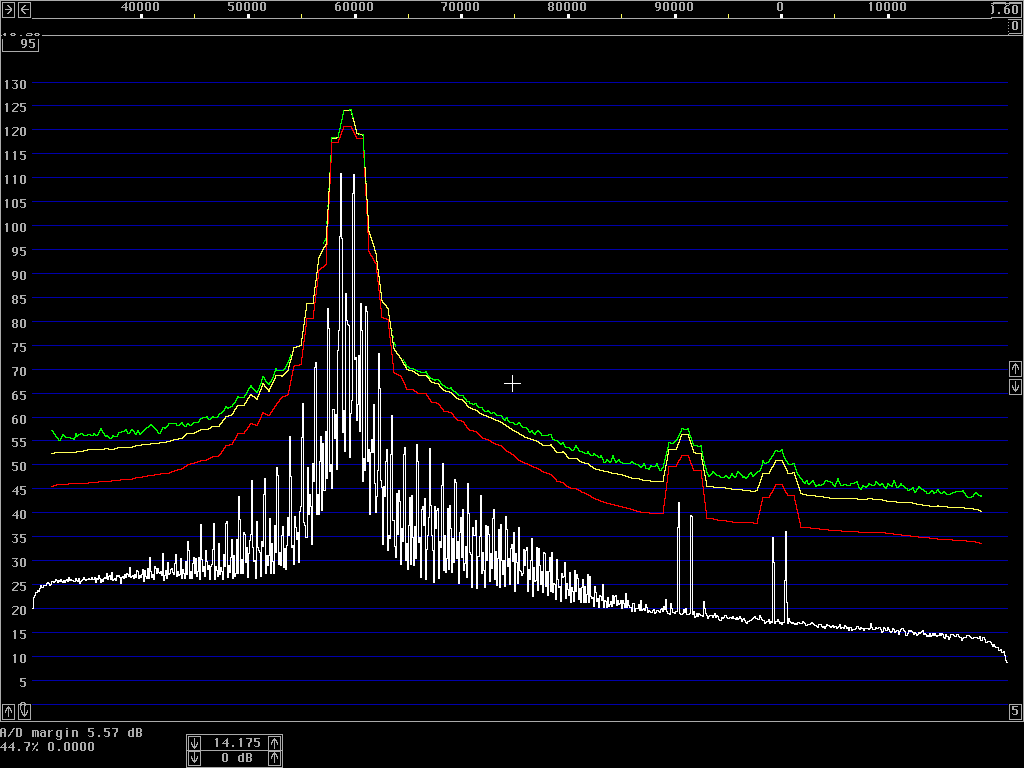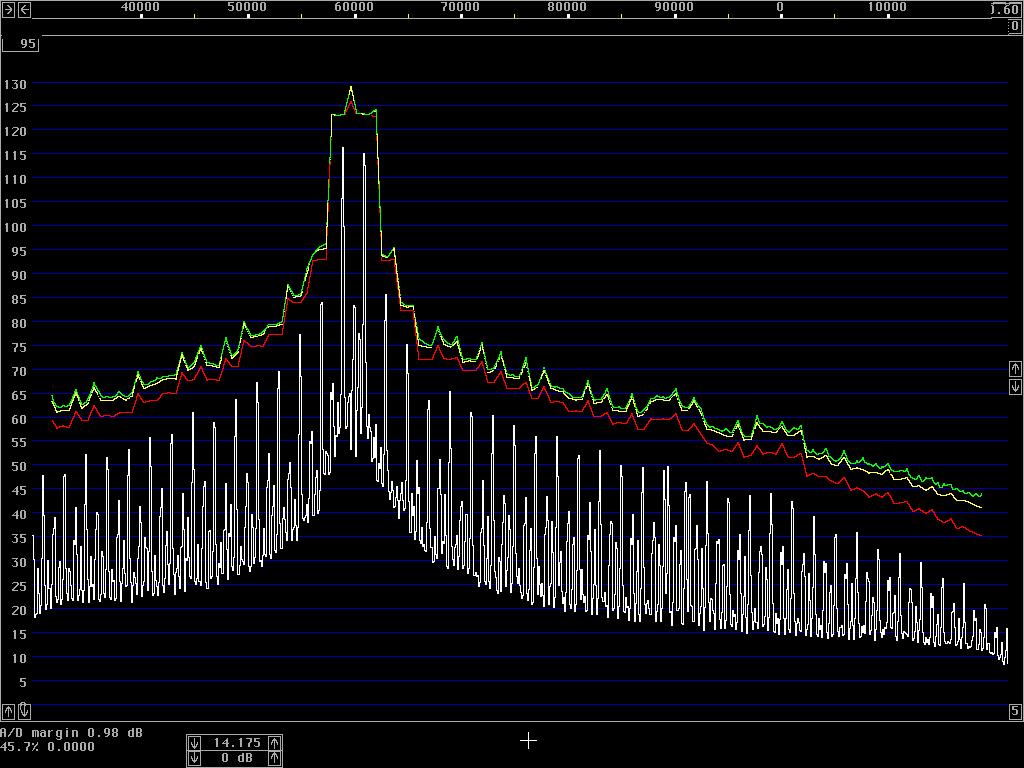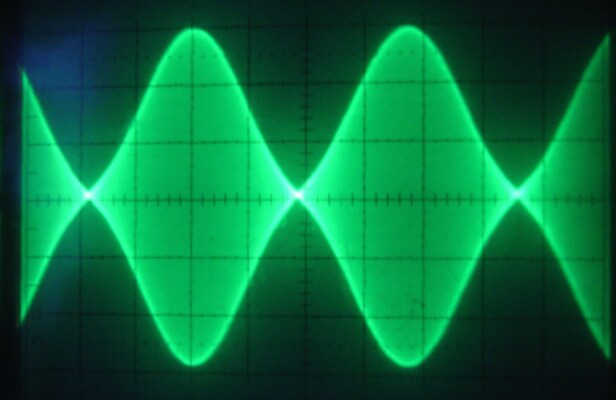This article has been published in DUBUS 2/2004 and it is protected by copyright. Any reproduction, publishing in the Internet or commercial use only with the written permission from the publisher Verlag Joachim Kraft DUBUS Web page
This article has also been published in CQ VHF in two parts, Spring 2005 and Summer 2005.
Transmitter Testing
Leif Asbrink, SM5BSZ
http://www.sm5bsz.com/index.htm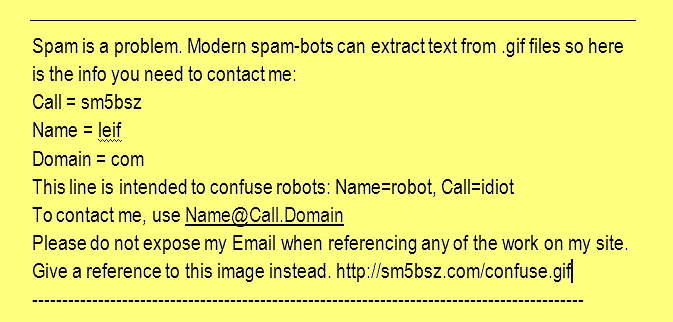
The importance of a good dynamic range in receivers is well known among amateurs. Receiver dynamic range seems to be one of the important factors behind commercial success or failure for a transceiver model. The quality of the transmitter is of course equally important, but transmitter testing does not get the same attention in amateur publications, and methods for transmitter testing are far less satisfactory than currently used methods for receiver testing. There is an obvious reason of course. The deficiencies in transmitter design that cause unnecessary interference do not create problems to the owner! It is other people – his neighbours on the bands – who suffer from the QRM. It is certainly meaningful to try to improve the standards of amateur transmitters because today the transmitters are usually the limiting factors, particularly on VHF.
In the previous article of this series [1] the quantity DR2 was introduced for the two-signal dynamic range of a receiver. The way it is defined, in 1 Hz bandwidth and with 3 dB degradation of the S/N of the weak signal, makes DR2 equivalent to transmitter sideband noise. To understand this concept, imagine a receiver that has DR2 = 133 dBHz which is what is required on 7 MHz according to [2]; and also imagine a transmitter with a sideband noise level of –133 dBc/Hz. Using that receiver, a strong signal from a perfect transmitter will cause a certain amount of S/N degradation of a weak signal. Assuming the same signal levels for the strong and weak signals, the sideband noise from the noisy transmitter will cause exactly the same S/N degradation to a weak signal in a perfect receiver.
A DR2 dynamic range of 133 dBHz may be adequate on HF bands, but the situation on VHF is very different. For this dynamic range to be adequate when two 100W stations on 144MHz are beaming towards each other, the stations would need to be separated by as much as 100km! So it is not uncommon for the VHF amateur to find DR2 and/or transmitter sideband noise is the limiting factors when trying to work DX. For a typical VHF rig, DR2 is actually worse than in this example, only between 110 and 120 dBHz at a frequency separation of 20 kHz. Transmitters are often worse than receivers, even when transmitting an unmodulated carrier.
There is also some confusion about the meaning of the word “test” when it comes to transmitter testing. In a factory one should have a pass/fail test; something that is well defined and produces the same result on the production line as it does in the laboratory. The purpose is simply to find faulty units to make sure they do not reach the market. But when a transmitter is being tested for a product review, the meaning of “test” is something entirely different, then one wants a test that reveals all out-of-channel emissions that the test object may produce in real life when operated within the recommendations of the operating manual. Tests done by development engineers are yet another thing. In the development phase one uses a large range of very specific tests on individual building blocks to optimise them separately. Interference can be generated by many different mechanisms, and it is the responsibility of both the development engineer and the review engineer to seek these problems out, using whatever tests are needed to reveal them. While the pass/fail test has only two outcomes, yes or no, the output from product review testing is a lot of data that should inform the prospective buyer whether the unit in question is suitable for his intended usage.
As I see it, the only honest procedure to test the purity of a transmitter’s signal for a product review can be described in words like this: “Connect the transmitter to a spectrum analyser, and operate it as described in the operators manual while watching the spectrum. Vary the modulation with pauses and different voice levels for SSB. Observe what happens when the VOX, QSK or PTT button switches between RX and TX. Note spurious emissions that happen infrequently, and adapt your input to the transmitter to try to make them happen often and repeatably. In general, operate the transmitter to create the worst-case interference within the limits given by the operators manual.” The output of such a test is the worst case spectrum and a description of the worst case modulation input.
One of the main problems in modern transmitters is the ALC, a servo system that is designed to keep the output power below a certain threshold. Any servo system can have stability problems and the ALC system of a transmitter is no exception. The interference generated can be horrible – but a standardized two-tone test will not show anything at all. It is becoming well known that the simple two-tone test does not reveal much of the real performance of a SSB transmitter. With two constant tones that are separated by 1 kHz, exactly the same maximum power is reached 1000 times each second. With the fast attack, slow release ALC characteristic of a typical SSB transceiver, the ALC control voltage will be very close to a DC voltage with just a small saw-tooth like component superimposed on it. Likewise the power supplies will be operating under nearly constant load, and their dynamic regulation is not being tested at all. Consequently the two-tone test will not show many of the problems that may occur during normal usage with voice modulation. It only shows the fundamental linearity of the final amplifier, not the rig as a whole.
The simple test, just measure the emitted spectrum while modulating the transmitter as if it was on the air, has a practical problem: professional spectrum analysers are not good enough! The sideband noise levels of the oscillators in the spectrum analyser (a multiple-conversion superhet) need to be substantially lower than those in the transmitter under test, or else you are measuring the test equipment, not the transmitter. The ones I have access to have sideband noise levels of about –100 dBc/Hz at 20 kHz, and the best performance I know of in a commercial instrument is –125 dBc/Hz at a frequency separation of 10 kHz (Rohde & Schwarz FSU series). This problem arises from the need to make professional test equipment broadband from near-DC to perhaps several GHz; but for testing amateur equipment we do not need broadband coverage, and therefore high-quality measurements are not so difficult, as will be shown below.
There is another problem, however, a more fundamental one that requires some discussion. The interference caused by a transmitter, be it noise sidebands, splatter or keying clicks, occupies a large bandwidth. The level one will see on a spectrum analyser depends strongly on the bandwidth, the sweep speed and the detector used. To produce a good characterisation of the interference it will be necessary to make two measurements – one that uses a peak-hold detector in SSB bandwidth and another that uses a detector for the average power in a narrow bandwidth. The two measurements are discussed in detail below.
The average power spectrum
The average power spectrum is what we use to show the sideband noise of an unmodulated carrier. When a carrier is modulated, the total power emitted (averaged over the entire transmission) is typically lower by 3 dB in CW and by 10 dB in SSB. At large frequency separations, the average power spectrum will show correspondingly lower levels; but at close separations the average power spectrum may actually increase due to the tails of the modulation sidebands.The correct procedure to measure the average power spectrum is to use a true RMS detector. The resulting power density in dB/Hz is then independent of the bandwidth, for all bandwidths that are narrow enough to have the same power density. A narrow filter is just averaging the power over time within its bandwidth – and when the detector is measuring true power it does not matter whether the averaging is done in narrow filters in front of the detector or in integrators after the detector. To get a smooth noise floor one normally has to average after the detector, over time; but one might equally well use very narrow filters and average over a range of frequencies. The results would be identical.
However, spectrum analysers typically have logarithmic detectors. It seems there are standard procedures that specify that the smoothed reading on a spectrum analyser has to be below some specified limit. The limit is then not truly in dBc/Hz but there is a bad habit among engineers to put dBc/Hz on such numbers anyway. I have been told that there has been some controversy in the telecom industry whether the limits one has to comply with refer to dBc/Hz as given by true RMS detectors, or whether the limits refer to the readings one can get directly from a specified spectrum analyser. It seems to me that this controversy has led to confusion about what the notation dBc/Hz truly means. To make it perfectly clear - it is a good idea to express the concept in words. The noise floor power density in dBc/Hz is the ratio of the noise power in 1 Hz bandwidth to the power of the carrier. The power of the carrier is easy, it does not matter what bandwidth or detector one uses, the spectrum analyser is calibrated to always show the same level for a pure carrier. The noise power is different - the only way to measure it correctly is to use an RMS detector. A log detector shows a value that is 2.51 dB too low if the signal looks like white noise within the passband. Another thing is that the selected bandwidth of the spectrum analyser may be different from the true noise bandwidth. To illustrate the accuracy of sideband noise measurements from standard instruments I have fed noise and a signal to two different spectrum analysers, a Tektronix 2753P and an HP8591A. The test signal was a carrier at 70 MHz, –80 dBm from an HP8657A signal generator which was amplified in a deliberately noisy wideband amplifier. The resulting signal had a carrier at –44 dBm with a flat noise floor at –85.0 dBc/Hz as measured by Linrad [3] which uses DSP to provide a true RMS detector after a nearly perfect rectangular filter. Both spectrum analysers gave noise floor power densities that did not depend on the bandwidth setting, within a few tenths of a dB. The value obtained from the 2753P was –88.8 dB/Hz while the result from the 8591A was –86.6 dB/Hz. These were the uncorrected values obtained directly from the carrier and noise floor levels and the nominal instrument bandwidths. For the 8591A, the bandwidth refers to the –3dB points of a filter that is close to Gaussian while the nominal bandwidth of the 2753P refers to the –6dB points of a filter that is relatively flat and has steep skirts. A spectrum analyser is an excellent instrument to measure its own frequency response, by simply sweeping across a carrier. Figure 1 shows the responses of the nominally 1 kHz filters in linear power scale. By numerical integration it is possible to find out what bandwidth a perfectly rectangular filter should have to give the same area under the curve as the one observed. (With 10 data points for each kHz, it amounts to taking the sum of all the data points and divide by 10 to get the noise bandwidth in kHz.) For the 2753P the noise bandwidth turned out to be 722 Hz while it was 1.14 kHz for the 8591A. The logarithm of these numbers give corrections in dB which add to the 2.51 dB correction for using a logarithmic detector. The theoretical correction for the 2753P was thus +3.94 dB while it was +1.94 dB for the 8591A. Applying these theoretical corrections one gets the noise floor of the above experiment as –84.9 dBc/Hz from the 2753P and –84.7 dBc/Hz from the 8591A; both corrected values were now in fair agreement with the value –85.0 dBc/Hz obtained from Linrad.
Measurements of amateur transmitters with sideband noise levels in the range –110 to –140 dBc/Hz at a frequency separation of 20 kHz can be done in many ways. Most popular is to use a good crystal oscillator and a high level mixer to shift the carrier frequency to near zero. The carrier can then easily be removed with a high pass filter [4]. The noise spectrum is then measured at audio frequency. One will get the noise from both sidebands so one has to correct by 3dB for that, as well as for the bandwidth and the detector if something other than a RMS detector is used. This method is used by ARRL lab in the composite-noise test for the QST product reviews, but some of the corrections are neglected [4] and the results published in QST are more optimistic than the results I find, by about 5 dB.
Another way is to use a good receiver and an attenuator. The receiver should be run in CW or SSB mode without AGC and the output level should be measured with a RMS voltmeter. This way one gets the signal and noise levels directly, one just has to know the frequency response of the receiver to calculate the noise bandwidth.
